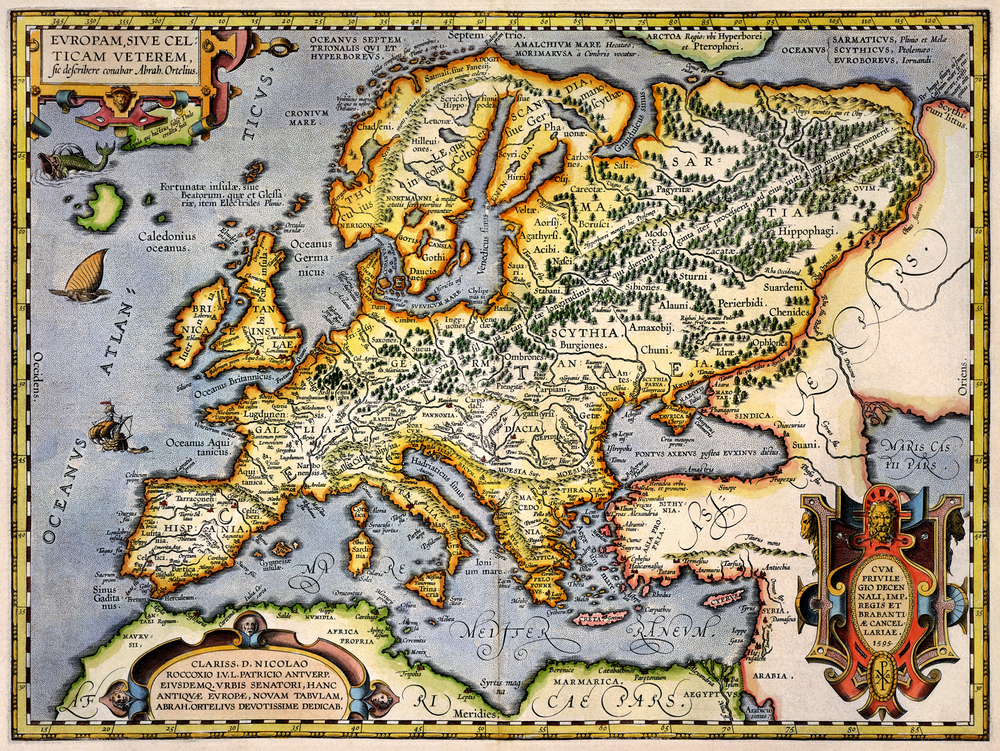Carbon emissions pricing: Some points of reference https://www.europarl.europa.eu/RegData/etudes/BRIE/2020/649352/EPRS_BRI(2020)649352_EN.pdf
Carbon leakage: prevent firms from avoiding emissions rules https://www.europarl.europa.eu/news/en/headlines/society/20210303STO99110/carbon-leakage-prevent-firms-from-avoiding-emissions-rules
CARBON TAX GUIDE:A Handbook for Policy Makers https://documents1.worldbank.org/curated/en/728421535605566659/pdf/129668-V1-WP-PUBLIC-Carbon-Tax-Guide-Main-Report.pdf
United Nations Handbook on carbon taxation for developing countries https://www.un.org/development/desa/financing/sites/www.un.org.development.desa.financing/files/2020-11/Chapter%203_Design_UN%20CarbonTax%20Handbook.pdf
Future-Proof Your Climate Strategy https://hbr.org/2019/05/future-proof-your-climate-strategy
Smart companies are putting their own price on carbon. by Joseph E. Aldy and Gianfranco Gianfrate
From the Harvard Business Review (May–June 2019)
Carbon pricing in the Netherlands (ppt) https://www.pwc.nl/nl/dienstverlening/tax/documents/pwc-state-of-tax-energy-transition-9-2-2021.pdf




